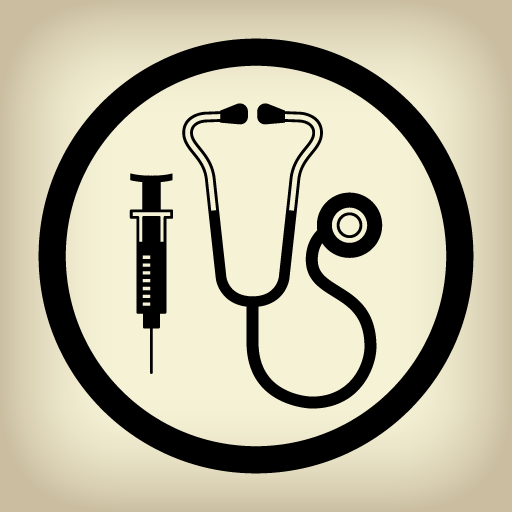Medicine and Med/Surg
The range of diagnoses you see on these floors is enormous. Here are examples of some common ones: Abdominal surgeries Method could be laparoscopic or open abdomen. Abdominal precautions for open abdomen surgeries. If you visualize the incision, you will see a vertical or horizontal cut on the belly. No bending, lifting, twisting, or lifting >5 lbs. Teach adaptive technique for lower body dressing, toileting, and bed mobility (logroll). Lung diseases (COPD, bronchiestasis) Check the doctors orders for SPO2 parameters.











